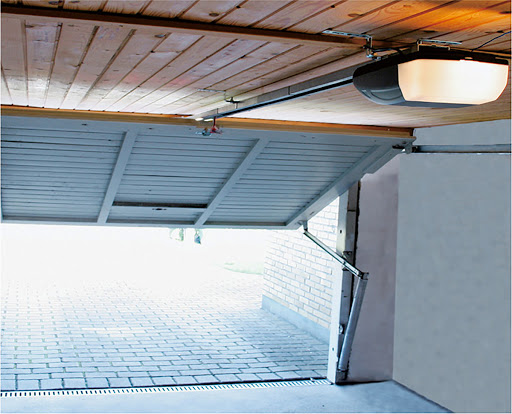Have you ever been curious about the operation of the parts of a garage door?
A garage door consists of different components, such as springs, rollers, and openers — each having a significant role in its mechanism.
Understanding how your garage door works will help you look for signs that may indicate damages or dangers.
Today we will walk you through the parts of your garage door, explaining their role in the garage door mechanism.
Springs
Springs assist the motor in lifting the garage door with its stored potential elastic energy. They have two different types:
- Extension spring – comes in pairs placed vertically on the sides of the garage door or horizontally alongside the overhead tracks. They exist in older garage door systems.
- Torsion spring – sits above the garage door. Aside from assisting in lifting, it also provides counterbalancing measures.
As springs carry heavy doors almost every day, they experience strain that may lead to their failure.
For a garage door spring repair, we recommend you to go to Wheaton Garage Door Repair.
Rollers
Rollers are installed on the sides of the garage door to open and close the door efficiently. If they don’t exist, the garage door will experience intense friction at its sides.
Rollers vary in material that affects their performance.
- Plastic – supports limited weight but affordable, which is perfect for single-panel garage doors.
- Steel – offers durability but can be a little loud.
- Nylon – lightweight but can support heavy doors. Also, it moves smoothly and quietly.
Misaligned or unlubricated rollers can damage the garage door’s overall mechanism. Apply lubrication from time to time and contact Wheaton Garage Door Repair to fix misaligned rollers.
Tracks
The tracks are the pathways of the rollers — placed on the sides of the garage door. They limit the rollers from moving horizontally. The metals used for the tracks are usually galvanized to prevent corrosion and rust.
Openers
Garage door openers allow automatic opening and closing of the garage door through a remote. That way, you don’t have to get out of the car and manually lift the garage door.
Openers should offer a high-security rating and convenience. You can ask Wheaton Garage Door Repair for advice in choosing the best garage door opener for you.

Emergency Cord
In case of a power outage or damaged parts, the emergency cord will allow you to operate the garage door manually.
It is a rope that usually hangs free from the top of the ceiling with a red marking. When pulled, it disconnects the garage door from the opener’s motor.
Safety Sensors
Safety sensors are electronic devices that prevent the garage door from closing when there are obstructions on the pathway.
While facing each other on the sides of the garage door, the sensors project lights that will stop the door from closing when blocked.
Cables
Cables aid the motor and the spring in lifting the garage door. Typically, there are two cable types installed in your system.
- Lifting cables – lifting cables connect the opener and the door at each side of the garage door. They coil up and down to and from a drum every time the door moves.
- Safety cables – safety cables prevent the garage door spring from causing damages when they break (applies only to extension springs).
Conclusion
Each part of your garage door system plays a crucial role in its mechanism.
As we have discussed springs, rollers, tracks, openers, emergency cord, safety sensors, and cables — hopefully, you have learned about a thing or two on how to handle them well.
And if you ever need professional garage door services, Wheaton Garage Door Repair is just a call away.






